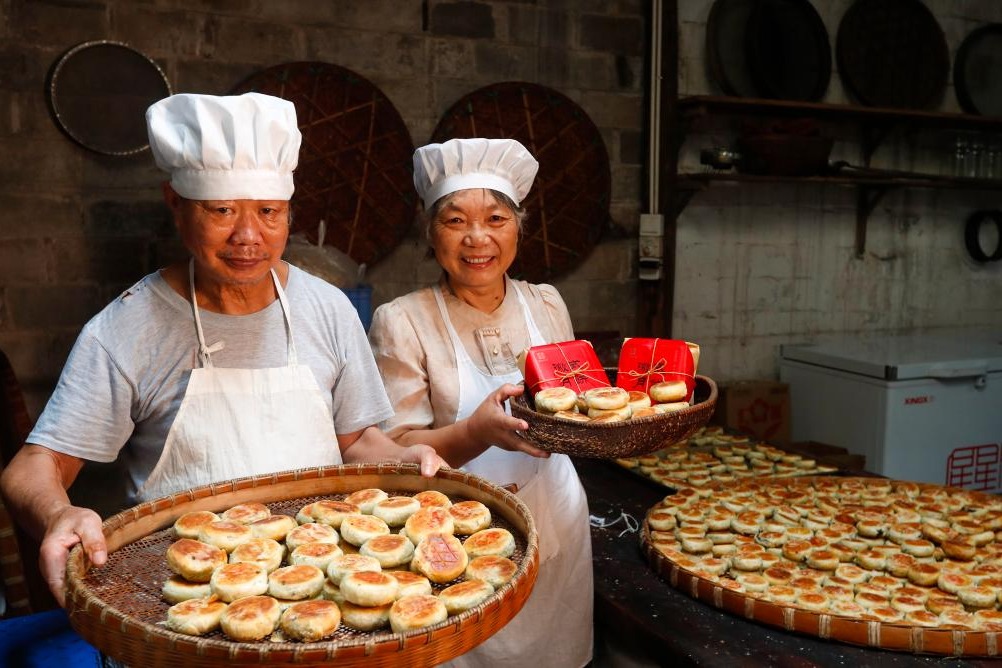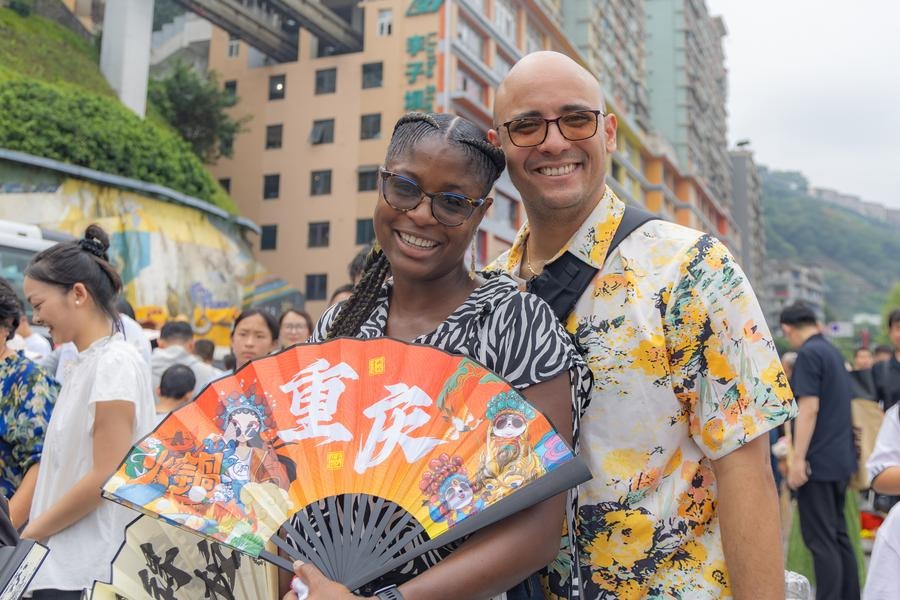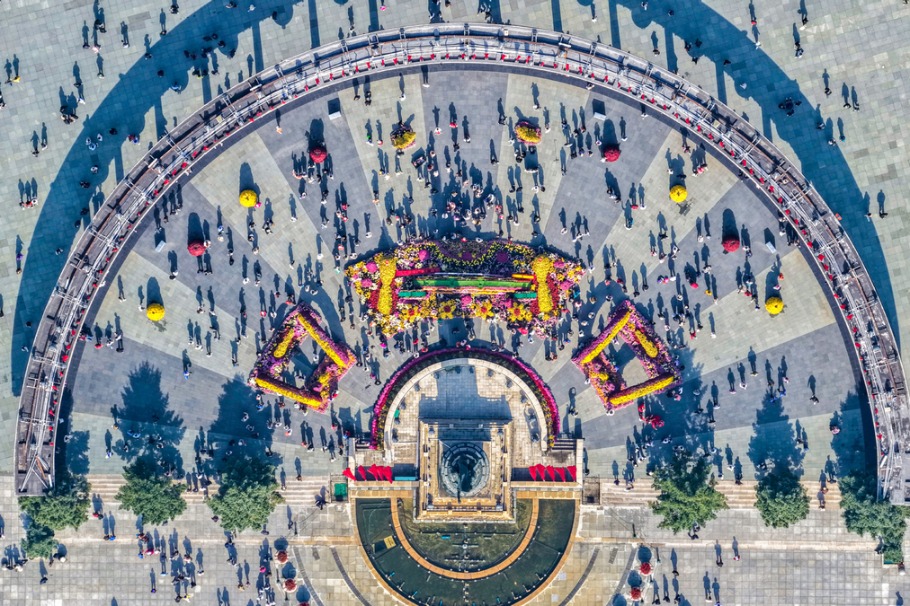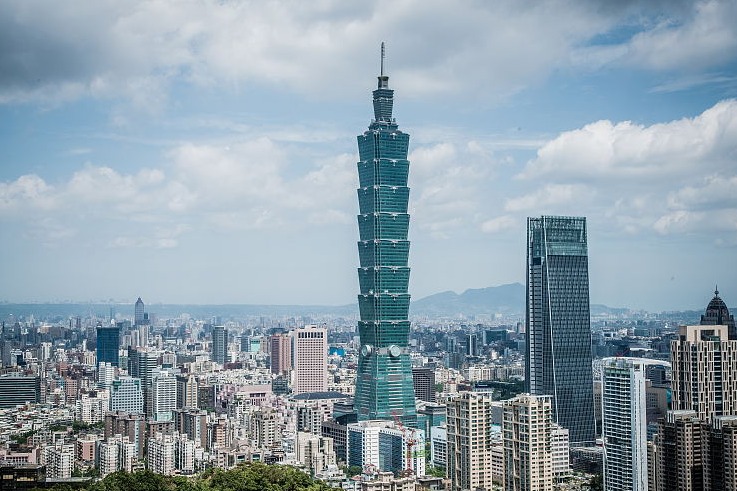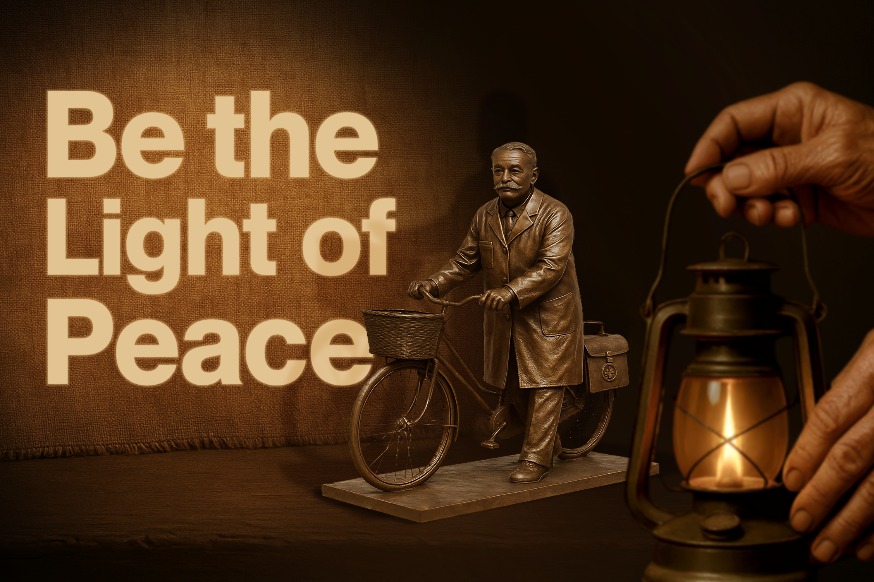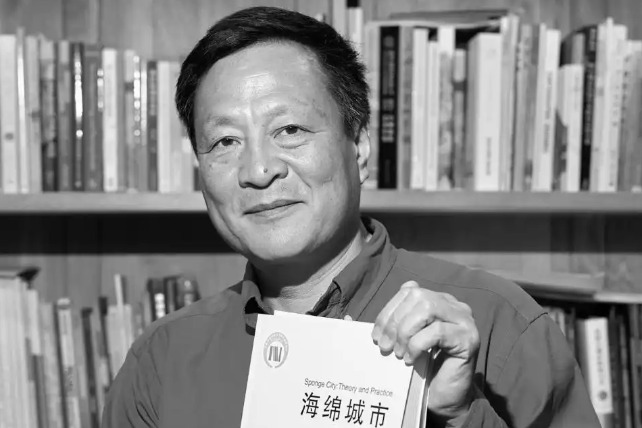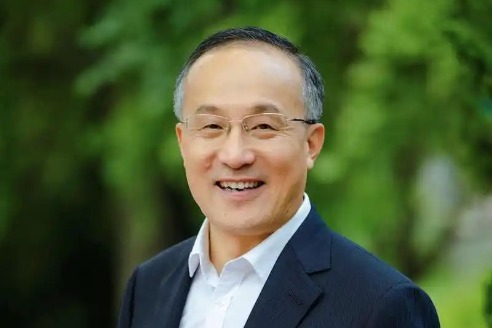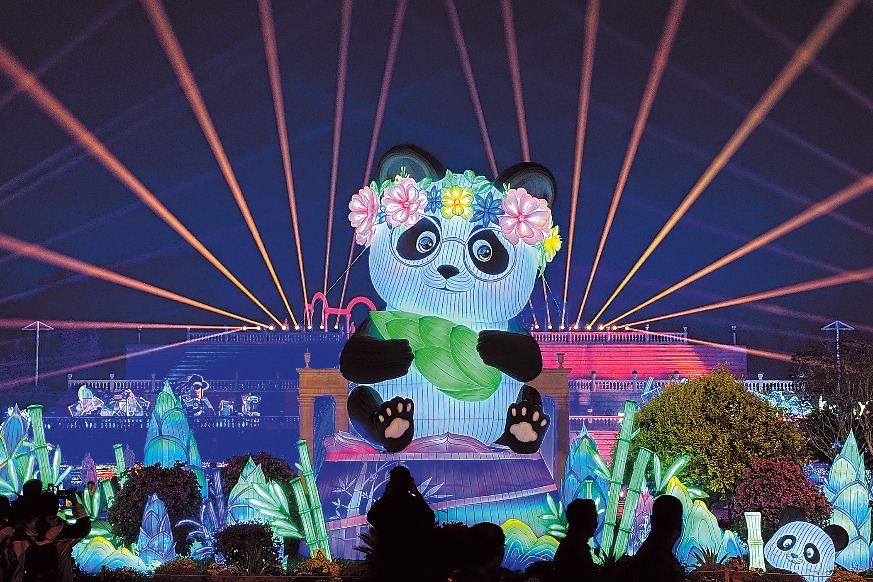Shanghai Museum to join Egypt's excavation project

The phenomenal exhibition On Top of the Pyramid: The Civilization of Ancient Egypt completed its 13-month run at the Shanghai Museum on People's Square on Sunday with the announcement of a follow-up project this year.
Partnering with Egypt's Supreme Council of Antiquities, which is part of the country's Ministry of Tourism and Antiquities, the museum announced a new archaeological excavation and research project this year at the Sekhmet Temple in Memphis, Egypt.
The collaboration will mark the first time that a Chinese archaeological team will be deeply involved in archaeological work at Egypt's most ancient and core archaeological sites, and the Shanghai Museum has become the first Chinese archaeological team to obtain excavation permission in the Memphis area, according to the museum.
Memphis was the first capital in Egyptian history, and an important religious and cultural center during the reign of several kingdoms. However, the ancient city lay buried beneath farmland for thousands of years, making excavation extremely challenging but significant. Aiming to reveal the formation and development of the first unified era of ancient Egyptian civilization, the museum is set to work with several academic and research institutions to forge a multidisciplinary team. The team is expected to arrive in Egypt in October, with the first excavation season lasting about two months.
Chu Xiaobo, director of the Shanghai Museum, pointed out that Egyptian archaeology holds immense significance for the understanding of the formation of ancient states, the origins of writing, social structures and religious beliefs, and the development of science and technology. The study of ancient Egyptian civilization boasts profound academic value in tracing the origins of Western and even global civilizations.
"China and Egypt are both ancient civilizations with a glorious and splendid past. Participating in Egyptian archaeology is not merely an academic exploration, but a natural step forward in cultural exchanges. The exhibitions have brought Egyptian civilization to us, and the new project will enable us to engage in a deeper dialogue with it," said Chu.
As to the exhibition at the Shanghai Museum, which ended after an unprecedented 168-hour straight run from Aug 11, Chu described it as an "epic" cultural feast for visitors. With nearly 95 percent of the 780 artifacts on display making their debut appearance in Asia, the exhibition was hailed as the largest exhibition of ancient Egyptian artifacts ever held outside their native country.
It has set one of the highest attendance records worldwide for a single-ticket museum exhibition of cultural relics. Since opening on July 19, 2024, the exhibition drew more than 2.77 million visitors and achieved total revenue of over 760 million yuan ($105.8 million). Nearly 70 percent of the attendees came from outside Shanghai.
"The resounding success of this exhibition is measured not only in visitor numbers, but in the inspiration it has ignited, the curiosity it has awakened, and the admiration it has fostered among countless visitors. It reflects the shared values that unite our nations: reverence for history, the pursuit of knowledge, and the celebration of human creativity across time," said Hagar Mohamed Abdelgawad Elsayed, curator of the Alexandria National Museum in Egypt, at the closing news conference on Sunday.
"Cultural exchange, in its deepest sense, is not merely the transfer of artifacts. It is the weaving together of narratives and aspirations, the building of bridges across continents and centuries. This exhibition has allowed Egyptians and Chinese alike to engage in a dialogue beyond words," she added.
Along with the success of the exhibition, Chu, the museum director, highlighted the "Chinese narratives" in its curating process. Built on the study results of Chinese Egyptologists and scholars, the exhibition featured delicately designed cultural exchanges between the two ancient civilizations through artifacts from both sides.
wangxin2@chinadaily.com.cn
- Red alert as Typhoon Matmo makes landfall in South China
- New reception hall aims to transform Guangzhou into international trade hub
- Typhoon Matmo to make landfall on Sunday
- Mid-Autumn Festival event promotes cross-Strait harmony in Fuzhou
- Vibrant China during holiday: 'China Travel' thrives
- China's National Day box office surpasses 1.1-billion-yuan mark
















